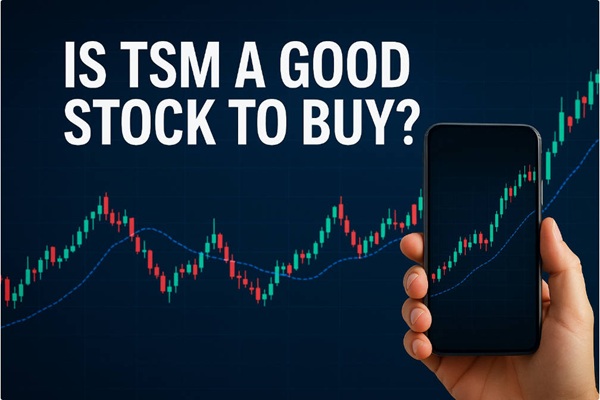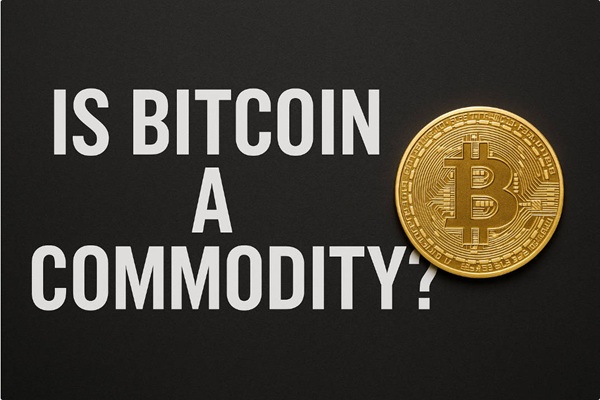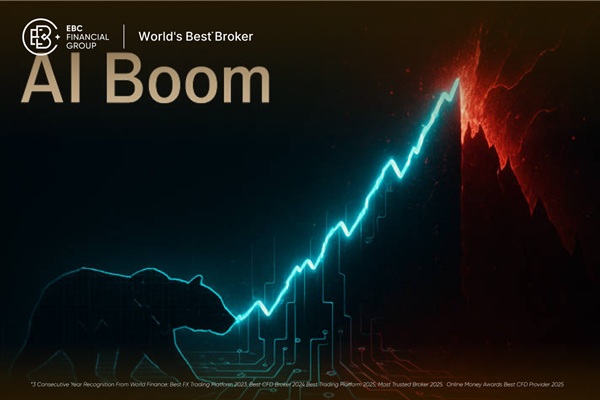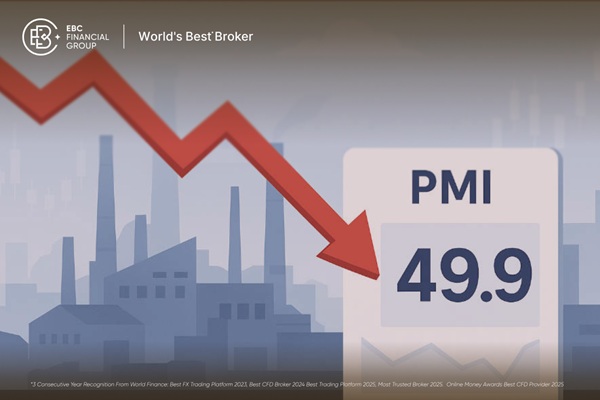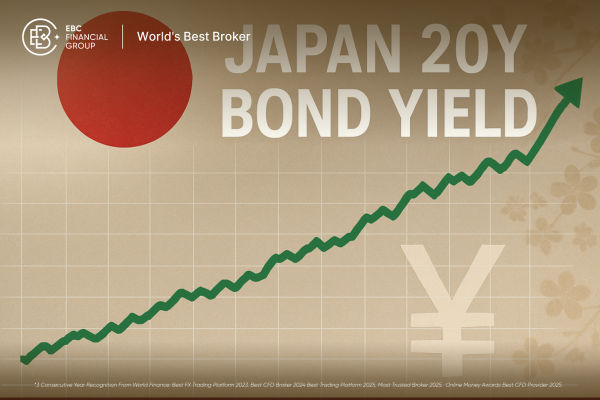Timing trades in the mid-cap value space requires more than just macro intuition — it demands the right vehicle.
The VOE ETF, Vanguard's take on mid-cap value exposure, is often overlooked by short-term traders in favour of flashier, higher-beta instruments. But beneath its conservative appearance lies a product with solid liquidity, tight spreads, and tactical appeal—especially when sector rotations or value-led rallies are in play. Traders looking for stability without sacrificing precision may find VOE a surprisingly effective tool.
Average Daily Trading Volume & Liquidity
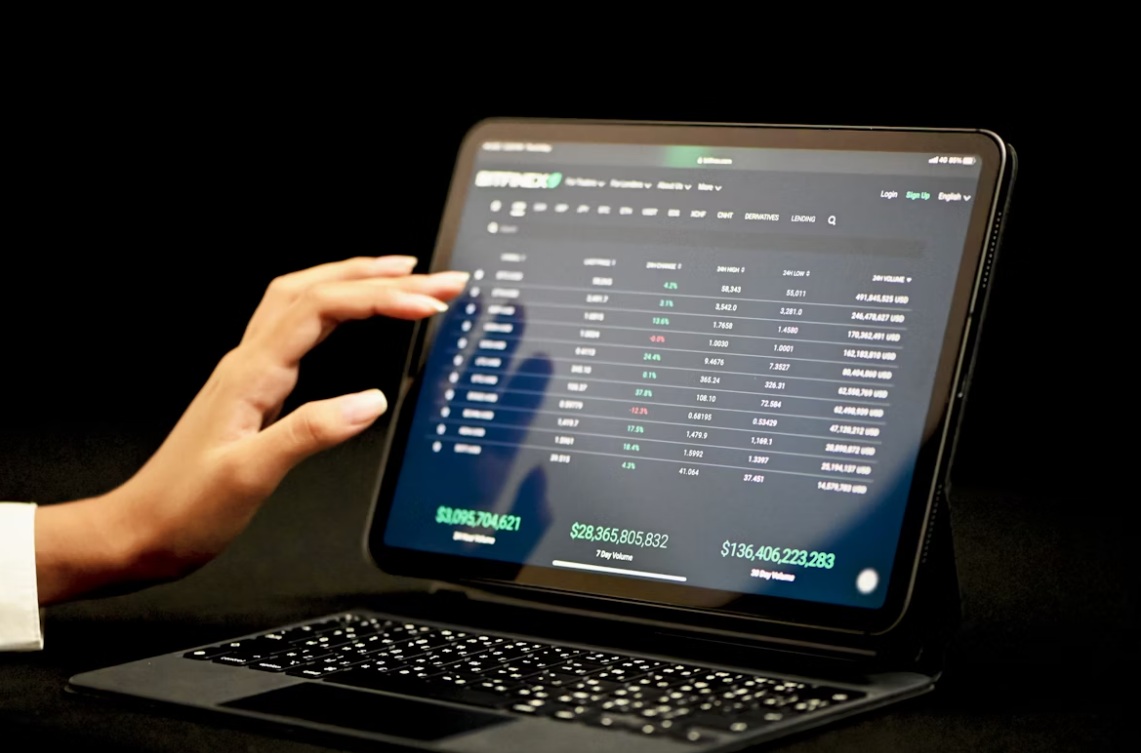 When assessing an exchange-traded fund from a trader's point of view, liquidity is non-negotiable. The VOE ETF boasts an average daily trading volume of approximately 300.000 to 375.000 shares, translating to a notional dollar volume of around $45 to $50 million USD. This level of liquidity ensures that most position sizes—whether retail or institutional—can be executed without significant slippage under normal market conditions.
When assessing an exchange-traded fund from a trader's point of view, liquidity is non-negotiable. The VOE ETF boasts an average daily trading volume of approximately 300.000 to 375.000 shares, translating to a notional dollar volume of around $45 to $50 million USD. This level of liquidity ensures that most position sizes—whether retail or institutional—can be executed without significant slippage under normal market conditions.
For traders, especially those engaging in short-term directional moves or sector rotation, such steady volume underpins the ability to enter and exit trades swiftly. Moreover, liquidity has remained consistent even during periods of heightened volatility, such as during Federal Reserve rate announcements or broader market drawdowns.
Trading Costs & Bid-Ask Spread
Trading efficiency in an ETF is not just about volume—it's about execution cost. The VOE ETF offers a tight bid–ask spread, often within 3 to 5 basis points, depending on market conditions. These narrow spreads are critical for traders using intraday or swing trading strategies, where marginal costs can erode returns over time.
The spread stability is underpinned by Vanguard's deep liquidity network and market-maker presence on platforms like NYSE Arca. For day traders and options traders who use ETFs as hedges or leverage instruments, the VOE ETF represents a cost-effective tool when managed within a properly risk-adjusted framework.
While the ETF carries a low expense ratio of just 0.07%, this cost is more relevant to longer holding periods. Still, even for traders holding for several sessions or weeks, the low internal drag makes VOE ETF a favourable alternative to higher-cost active funds or thematic ETFs.
Comparisons with Peer Mid-Cap ETFs
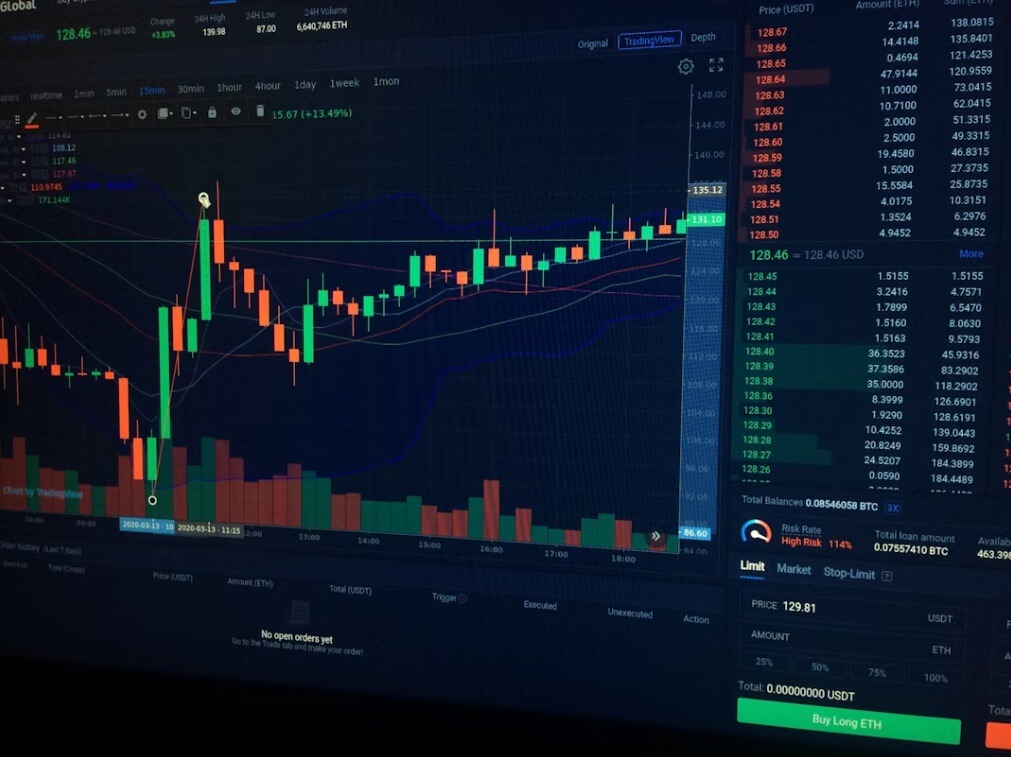 The VOE ETF competes in a crowded space of mid-cap equity ETFs. However, it distinguishes itself with its value-style focus, tracking the CRSP US Mid Cap Value Index. Other mid-cap peers worth benchmarking include:
The VOE ETF competes in a crowded space of mid-cap equity ETFs. However, it distinguishes itself with its value-style focus, tracking the CRSP US Mid Cap Value Index. Other mid-cap peers worth benchmarking include:
VO (Vanguard Mid-Cap ETF): Covers both growth and value; broader exposure.
VOT (Vanguard Mid-Cap Growth ETF): Targets growth-focused mid-caps, a mirror image of VOE.
IJH (iShares Core S&P Mid-Cap ETF): Based on the S&P MidCap 400. blend exposure.
MDY (SPDR S&P MidCap 400 ETF): Similar to IJH but often less tax-efficient.
IWR (iShares Russell Mid-Cap ETF): Broad mid-cap exposure across growth and value.
Compared to these alternatives, the VOE ETF stands out for its lower cost structure, more pronounced value tilt, and moderate volatility profile, making it a solid tool for thematic trades tied to value cycles, inflation expectations, or interest rate shifts.
Traders focused on pair trades—e.g. long VOE, short VOT—may use this ETF pairing to capture mean reversion during rotations between value and growth styles.
Ideal Use Cases for Traders
The VOE ETF is not merely a long-term holding vehicle; it has practical value for active trading strategies. Here are several trade setups and scenarios where it can shine:
Value Rotation Plays: During periods when market sentiment shifts toward undervalued sectors (e.g. financials, industrials), VOE ETF provides targeted exposure without picking stocks.
Macro Theme Trading: When anticipating rate hikes, fiscal stimulus, or cyclical recovery, VOE's exposure to sectors like utilities and consumer discretionary offers a tradeable edge.
Pairs or Spread Trades: Traders can exploit relative strength between VOE and VOT (mid-cap growth), VOE and SPY (S&P 500), or VOE versus small-cap ETFs like IWN.
Risk-Off Hedge: VOE has historically shown lower beta than pure growth or tech-heavy ETFs. It can serve as a hedge or a volatility anchor in a broader portfolio of trades.
However, the VOE ETF is not ideal for ultra-short-term speculation or leveraged exposure. It lacks the intraday volatility and options depth that traders might find in more concentrated or leveraged instruments.
Tax Efficiency & Distributions
Another element relevant to traders—especially those in taxable accounts—is the VOE ETF's tax efficiency. Thanks to Vanguard's share class structure and in-kind redemption mechanism, capital gains distributions are rare.
The ETF distributes dividends on a quarterly basis, with a yield hovering around 2.2% to 2.4%. For swing traders holding VOE across dividend dates, it's worth noting that such payouts can slightly affect short-term price behaviour.
Moreover, tax-aware traders using ETFs as part of a total return strategy will benefit from the fund's tendency to minimise taxable events through efficient portfolio rebalancing. While this is not a direct trading edge, it does provide long-term flexibility when managing rolling or staggered positions.
Conclusion
The VOE ETF may not scream volatility or momentum, but it earns its place on a trader's watchlist through liquidity, low cost, efficient tracking, and strategic relevance. Whether used for capturing mid-cap value rotations, hedging growth exposure, or forming the basis of sector pair trades, VOE offers dependable mechanics and broad sector coverage.
For active traders, the key lies in timing, alignment with macro context, and spread awareness. While not a tool for speculative bursts, the VOE ETF provides a reliable backbone for structured and repeatable trade setups—exactly what disciplined traders need in volatile markets.
Disclaimer: This material is for general information purposes only and is not intended as (and should not be considered to be) financial, investment or other advice on which reliance should be placed. No opinion given in the material constitutes a recommendation by EBC or the author that any particular investment, security, transaction or investment strategy is suitable for any specific person.
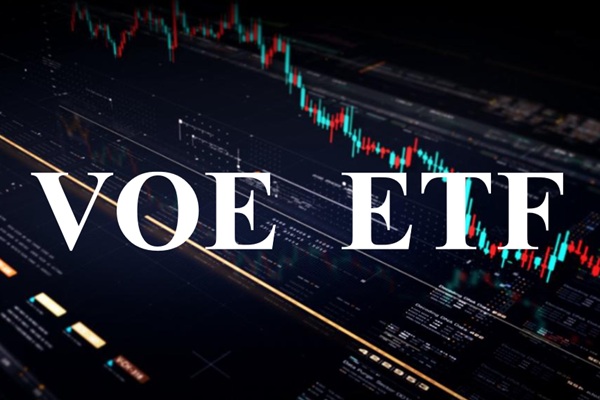


 When assessing an exchange-traded fund from a trader's point of view, liquidity is non-negotiable. The VOE ETF boasts an average daily trading volume of approximately 300.000 to 375.000 shares, translating to a notional dollar volume of around $45 to $50 million USD. This level of liquidity ensures that most position sizes—whether retail or institutional—can be executed without significant slippage under normal market conditions.
When assessing an exchange-traded fund from a trader's point of view, liquidity is non-negotiable. The VOE ETF boasts an average daily trading volume of approximately 300.000 to 375.000 shares, translating to a notional dollar volume of around $45 to $50 million USD. This level of liquidity ensures that most position sizes—whether retail or institutional—can be executed without significant slippage under normal market conditions. The VOE ETF competes in a crowded space of mid-cap equity ETFs. However, it distinguishes itself with its value-style focus, tracking the CRSP US Mid Cap Value Index. Other mid-cap peers worth benchmarking include:
The VOE ETF competes in a crowded space of mid-cap equity ETFs. However, it distinguishes itself with its value-style focus, tracking the CRSP US Mid Cap Value Index. Other mid-cap peers worth benchmarking include:









